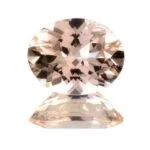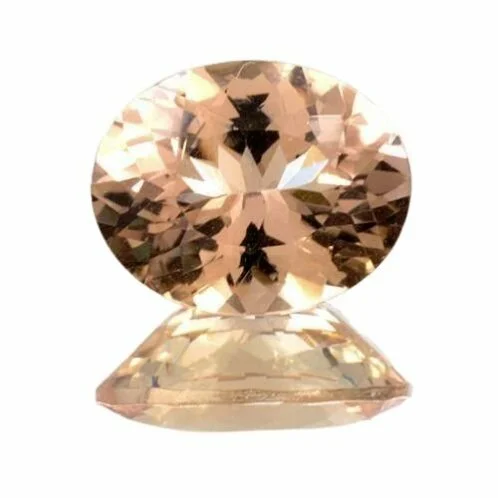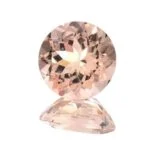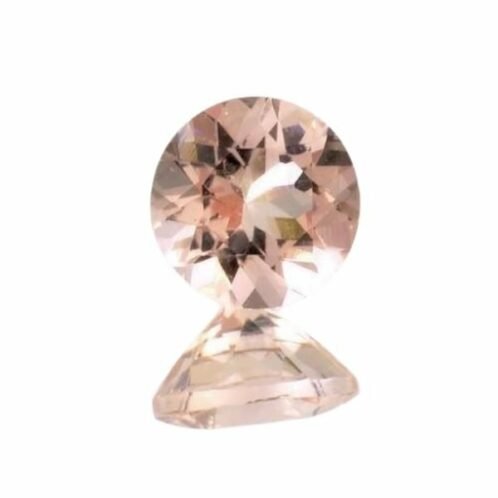Morganite: The Gem of Divine Love
Introduction
Morganite, with its soft pink to peach hues, exudes an aura of warmth and compassion. This gemstone, a member of the beryl family, is named in honor of the famed financier and gem enthusiast, J.P. Morgan. Its delicate color palette, ranging from pastel pink to a deeper bluish-pink, has made it a favorite among gem aficionados and jewelry designers alike.
Historical Significance
While morganite might not have the ancient history of some gemstones, its allure has grown significantly since its discovery. Its gentle tones are often associated with divine love, making it a popular choice for engagement rings and romantic gifts.
Composition and Appearance
Morganite owes its delightful range of colors to the presence of manganese or cesium. The gemstone’s clarity and luster further accentuate its beauty, making it a sought-after choice for various jewelry pieces. The presence of natural inclusions is common, but they often don’t detract from the stone’s overall appeal.
Origins
Morganite deposits can be found in various parts of the world, including:
- Brazil
- Madagascar
- Afghanistan
- Mozambique
- Namibia
- The United States
Properties and Enhancements
Morganite, with a hardness of 7.5 to 8 on the Mohs scale, is reasonably durable, making it suitable for everyday wear. To enhance its color, morganite is often heat-treated, which results in a more vibrant and stable pink hue.
While there are no lab-created versions of morganite that perfectly replicate its unique properties, there are simulants in the market that mimic its color and appearance. However, they lack the distinct chemical composition and charm of genuine morganite.




